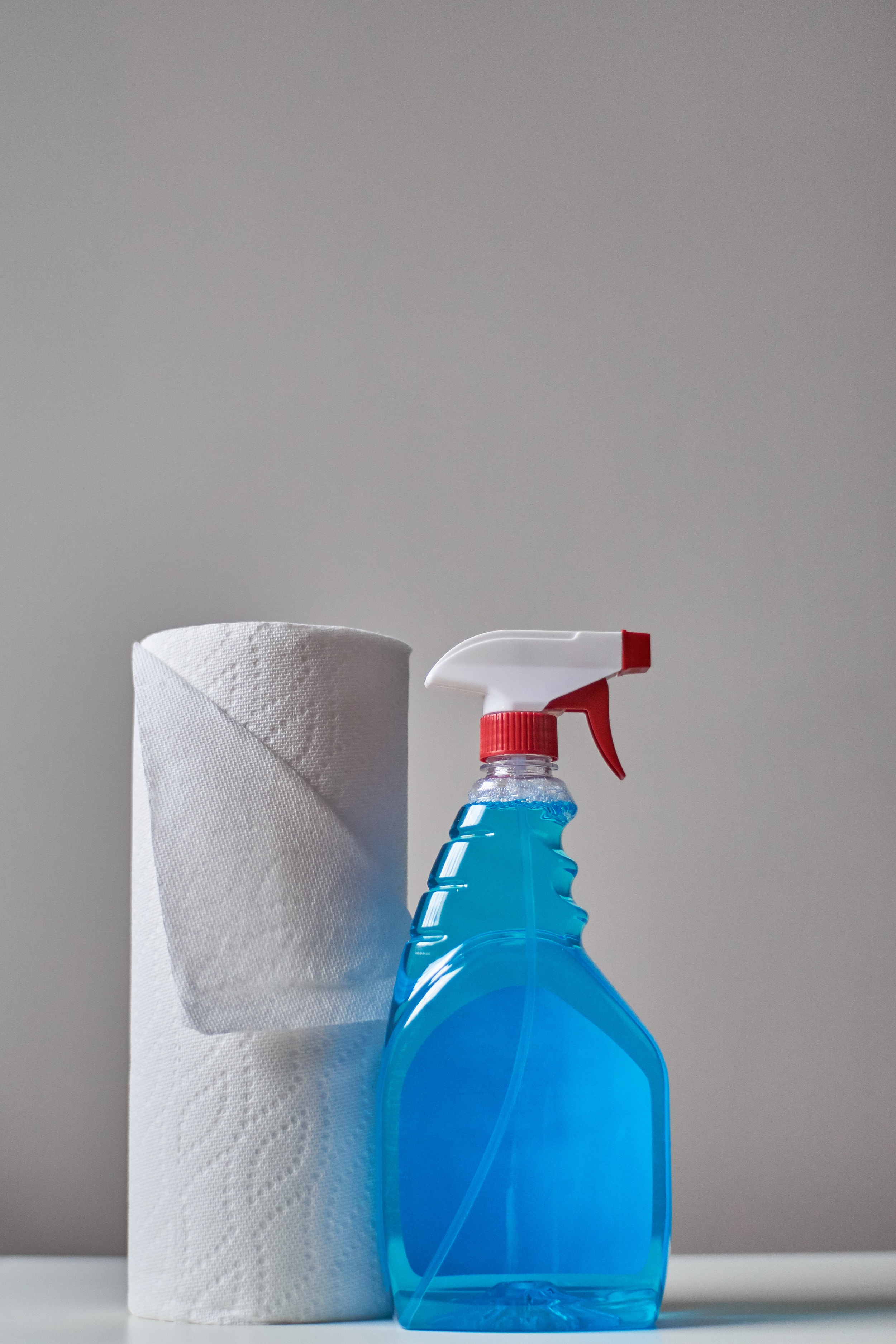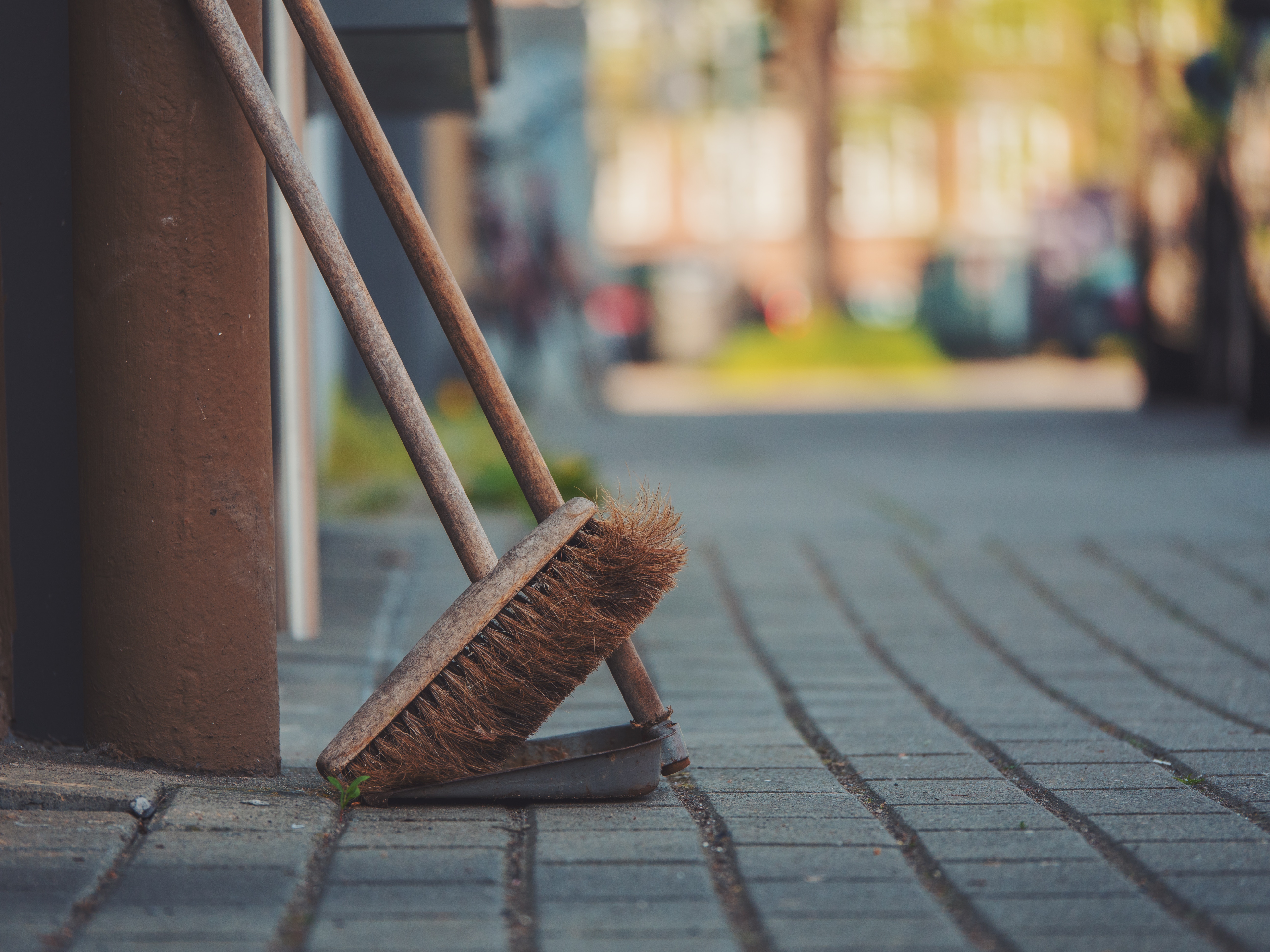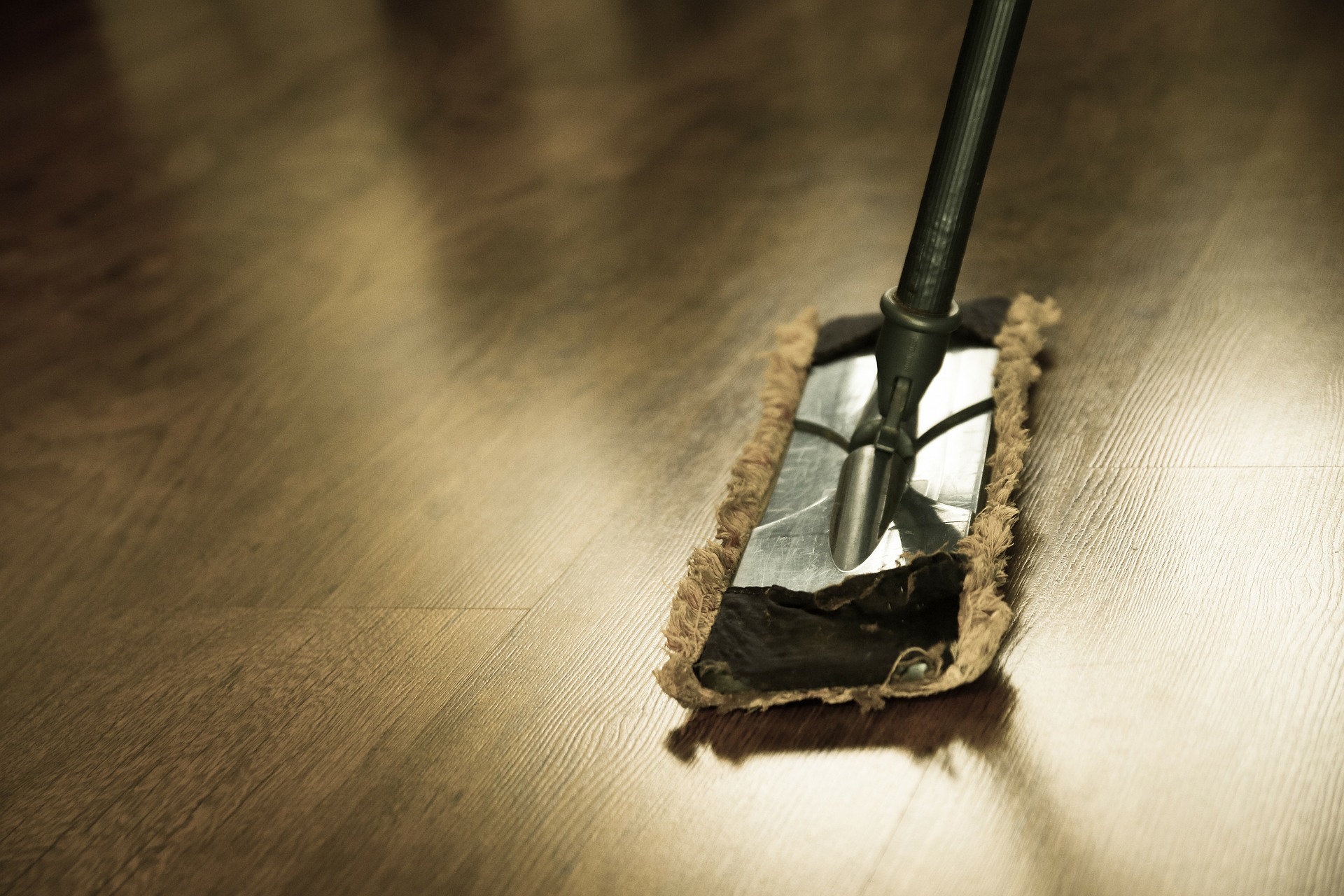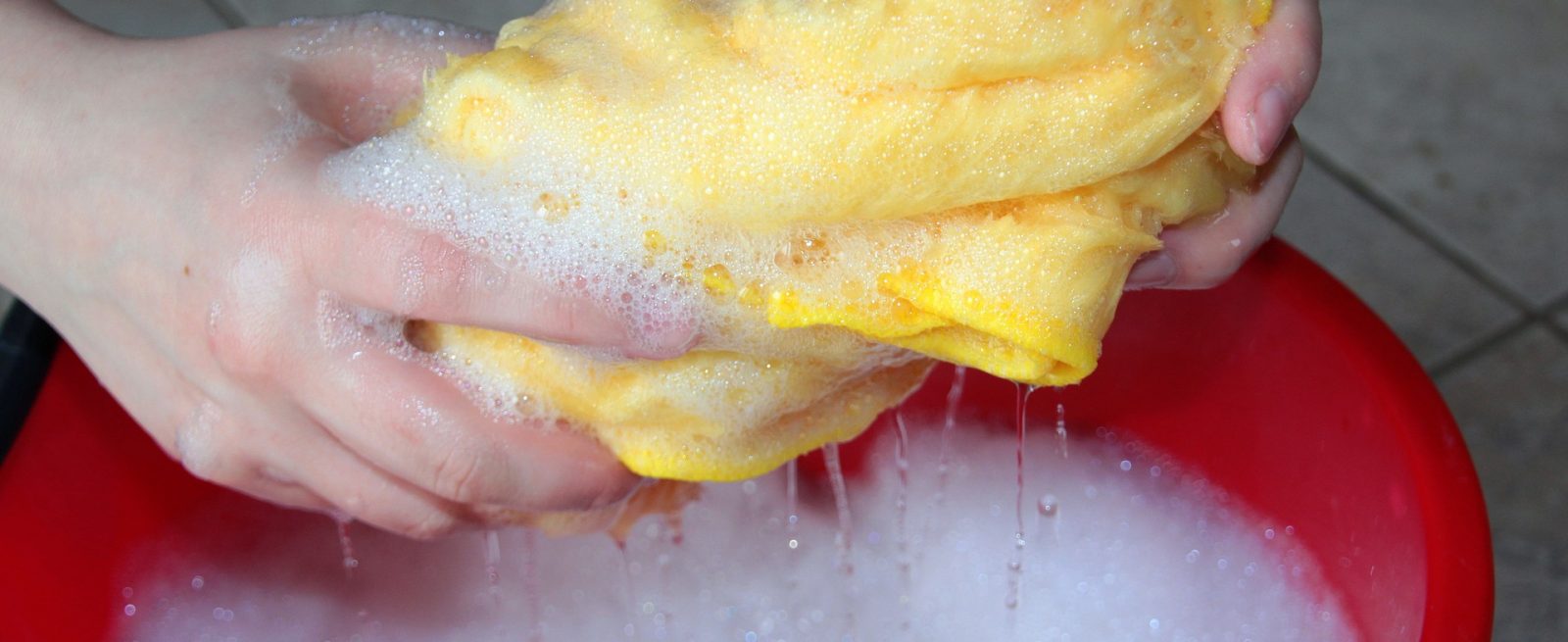BOH Spring Cleaning Checklist
2 Min Read By Tim Webert
It’s spring cleaning season and, while many are focused on sprucing up their homes, restaurant operators would also be wise to take note. Taking time to clean up your restaurant operations now can save some serious green in the long term.
While it may be tempting to focus solely on front-of-house cleanliness, a healthy, safe and compliant foodservice business also requires that the back of the house is just as clean and modernized.
Here are four steps to add to your BOH Spring Cleaning Checklist:
Clean Your Hoods, Flues and Fans
Or better yet, have someone do it for you. Grease and fat build-up constantly accumulates in kitchens’ hood, flue and fan areas year round. As this grease collects, restaurants’ risk of fire and catastrophic damage are dramatically increased, which could result in injuries and property damage. If you haven’t cleaned these in a while, chances are you’ll need a good deep clean. From there, install a daily automatic hood, flue and fan cleaning solution to-automate the cleaning process, improving overall working conditions and fire safety in kitchens.

Clean Your Oil
Dirty oil equals bad-tasting food. End of story. You can manually change and filter your oil (though be careful of slips, spills and falls) or use an automated fryer oil filtration system to give the exceptional flavor and quality guests want to keep them coming back. An oil filtration system also allows businesses to standardize their filtration schedule and ensure regular removal of contaminants that affect the color, taste and smell of their food.

Make Investments Where They Count
Sometimes, money well spent can offer significant returns. Investing in proper staff training, for example, can ensure compliance when the health inspector comes, potentially saving you from costly fines. Another helpful hint: make sure you have the right tools for the right tasks. For example, double check that you have the right fire extinguisher, as a small investment can go a long way in preventing costly fires. Kitchen fires require Class K extinguishers, which are the only extinguishers rated to address fires from cooking oils and greases such as animal and vegetable fats. However, traditional Class ABC extinguishers may have a suitable place in other locations of your restaurant such as the dining room or employee break room.

Eliminate Tasks with a Hidden Price Tag
With more and more pressure on labor costs, reducing complexity in the back of house is critical to supporting happy employees — the ones whose time is best spent ensuring a great guest experience and an efficient operation. Look for ways to take away the most time-consuming, dangerous and least popular jobs in the kitchen, like disposing of oil or cleaning hoods, flues and fans, to reduce risk and safety costs, labor costs, and waste collection costs.
These tips are just a handful of ways the foodservice industry can begin their spring cleaning – and really, they are steps that should be considered year-round to ensure the safety, performance and cost-efficiency of your kitchen.


